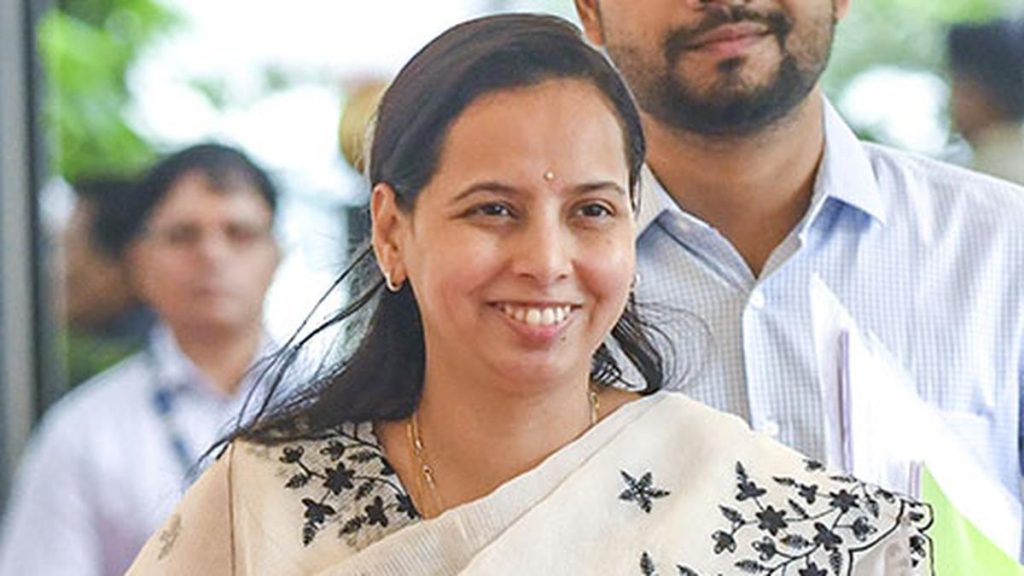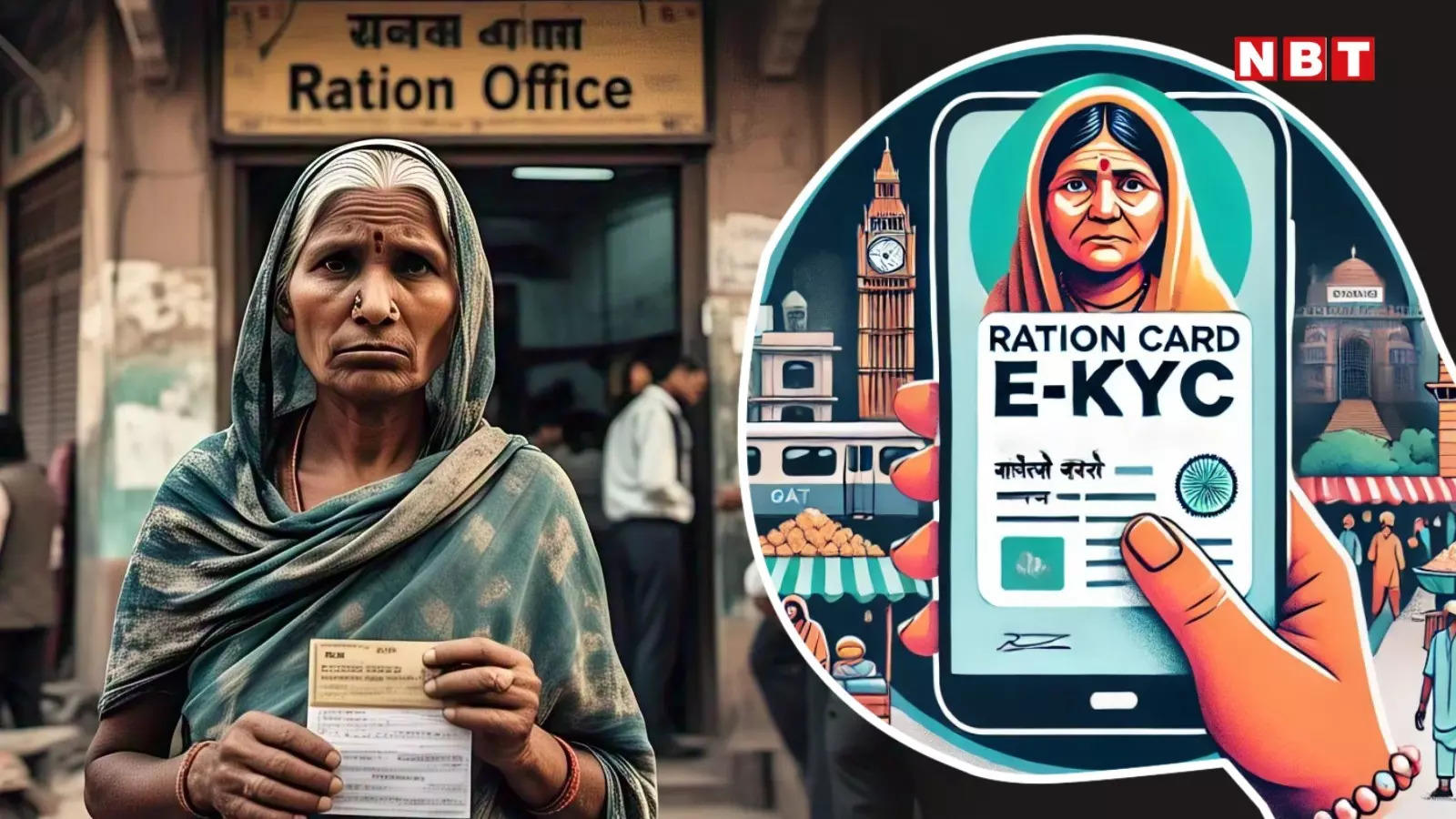Now Reading: Subtle Signs of High Cholesterol Revealed While Walking
-
01
Subtle Signs of High Cholesterol Revealed While Walking
Subtle Signs of High Cholesterol Revealed While Walking
Quick Summary
- High cholesterol as a silent killer: Often symptomless, high cholesterol can lead to conditions such as peripheral artery disease (PAD), showing signs only during physical exertion.
- Key symptoms of PAD:
– Intermittent claudication: Muscle cramping or aches during activities like walking; relieved by rest.
– Leg pain or discomfort: Pain in calves, thighs, or buttocks while climbing stairs or walking due to narrowed arteries restricting oxygen supply.- Muscle weakness: Reduced circulation compromises muscle function, leading to imbalance and mobility issues.
– Cold lower extremities: Uneven warmth in legs/feet reflects poor blood flow; advanced cases show bluish skin (cyanosis).
– Numbness/tingling sensations: “Pins and needles” result from insufficient oxygenated blood for nerve function.
– Color changes in feet/legs: Purplish-blue discoloration signals inadequate circulation and arterial blockage severity.- Slowed wound healing on extremities: poor nutrient and oxygen delivery delays recovery of cuts/injuries; risk of ulcers/gangrene rises.
- Preventive measures include:
– Regular monitoring of cholesterol levels to address problems early.
– Adopting a healthy diet emphasizing fruits, vegetables, whole grains, lean proteins while avoiding unhealthy fats.
– Regular physical activity such as walking improves cardiovascular health.
– Quitting smoking enhances arterial health.
Read more: Times of India
Indian Opinion Analysis
High cholesterol is emerging as a significant public health concern globally-and particularly relevant for India due to increasing sedentary lifestyles paired with unhealthy dietary habits. the outlined symptoms offer valuable insights into how the progression from asymptomatic conditions can manifest visibly through reductions in mobility and quality of life.
Peripheral artery disease not only poses direct risks for individuals through potential complications like ulcers and gangrene but also underscores larger structural challenges in India’s healthcare system-such as the need for early screening programs expanded across rural areas where medical awareness may be limited. Emphasis on preventive strategies highlighted here-such as adopting healthier lifestyles with regular exercise and cessation of smoking-align well with India’s broader efforts toward combating noncommunicable diseases (NCDs).This information is critical as addressing these foundational aspects will ease healthcare burdens caused by or else preventable ailments linked with high cholesterol levels among millions affected.
























